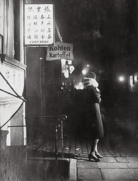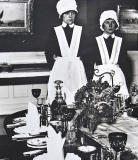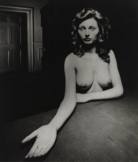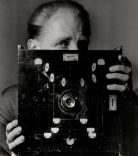Life Under Brandt's Scope
Created by Kylah Holmes on Mon, 04/01/2024 - 18:38
This timeline provides a sociohistorical context for Bill Brandt's 1945 Hampstead London.
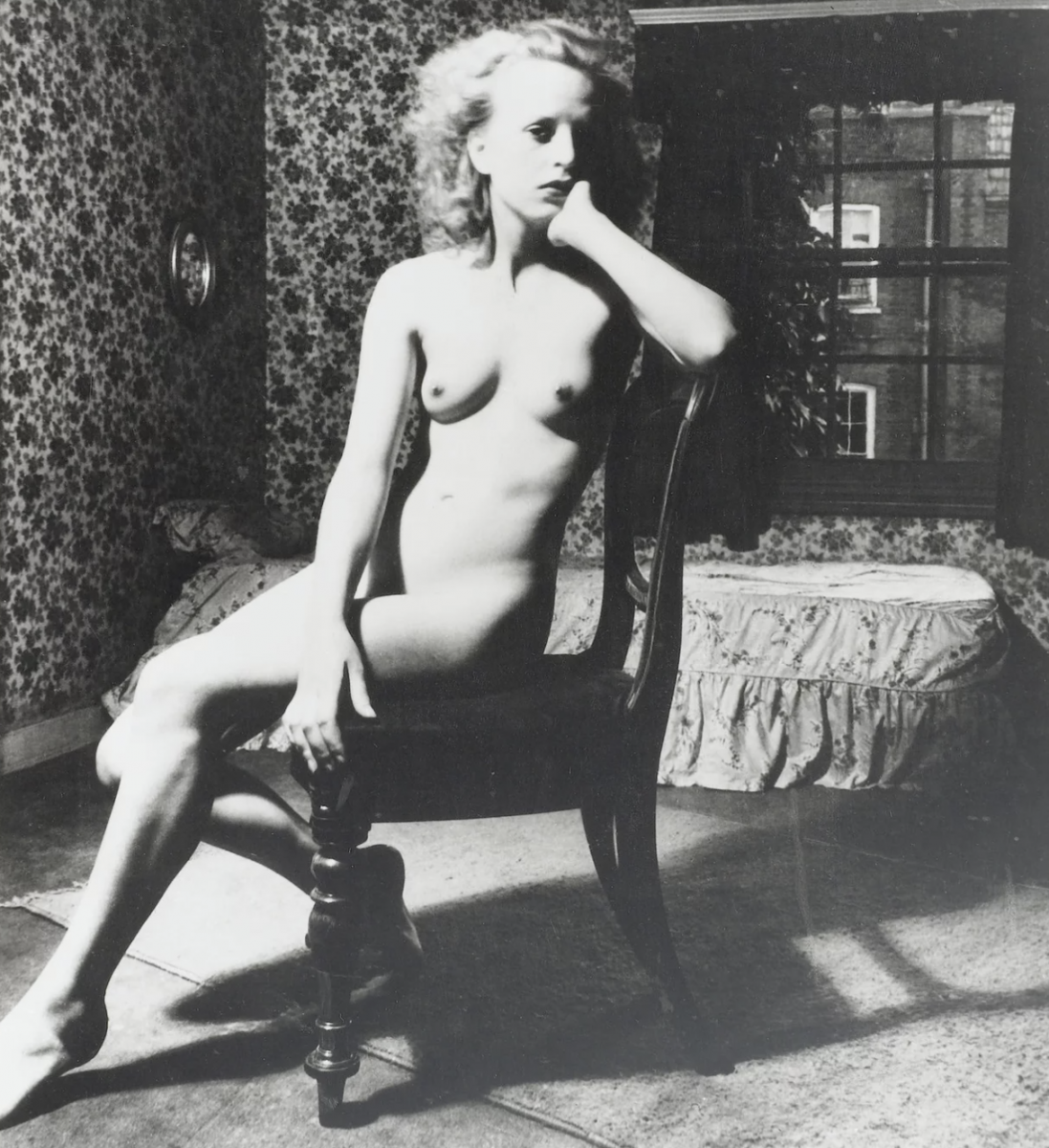
Brandt, Bill. Hampstead, London. 1945.
https://www.artsy.net/artwork/bill-brandt-hampstead-london-2. Accessed
24 February. 2024.
Timeline
Chronological table
| Date | Event | Created by | Associated Places | |
|---|---|---|---|---|
| 1930 to 1940 |
The Artistic RenaissanceStarting around the 1930s a great revolution occurred. More and more people were moving to north-west London. Whether that was refugees, British individuals, or just regular people all migrated to Hampstead London during a great time I like to call the Artistic Revolution. The physical and cultural artwork attracted people to Hampstead, London, and soon became an artistic hotspot. The option of affordable housing, art schools, and galleries played a crucial role in Hampstead's transformation into an artistic hotspot. The sense of freedom that the community radiated attracted artists from all over, who sought to escape and go against social norms regarding art. Additionally, the natural beauty of the landscapes of Hampstead provided endless inspiration for artists, such as Brandt to be fairly creative and interestingly document his artwork.
Hence, the title of the photo by Brandt is called “Hampstead London”. The diverse and stimulating environment of Hampstead played a crucial role in shaping his iconic artworks and contributed to the artistic legacy of the area. The reason why is that Brandt was one of those people who moved there into a place called Belsize Park in 1934. Brandt disowned his entire German background and sailed around Europe until he found his new adopted home. When doing so he accepted Britain as his new home, and it became the subject of some of his most priceless artworks. Hampstead's diverse and stimulating environment provided Brandt with a rich pool of subjects to capture through his lens and influenced his artistic style. Surrounded by renowned writers, poets, and thinkers, Brandt was exposed to new ideas and perspectives that challenged conventional norms and pushed the boundaries of artistic expression. This creative atmosphere fostered experimentation and innovation, allowing Brandt to develop his unique visual language and create artworks that continue to captivate audiences.
“Bill Brandt Paintings, Bio, Ideas.” The Art Story, www.theartstory.org/artist/brandt-bill/. Accessed 1 Apr. 2024. Bohm-Duchen, Monica. Modernist Sanctuary: Hampstead in the 1930s and 1940s, insidersoutsidersfestival.org/wp-content/uploads/2020/04/IO-MBD-Modernist-Sanctuary-EXTRACT.pdf. Accessed 1 Apr. 2024. |
Kylah Holmes | ||
| 1936 to 1936 |
Homebound BritsIn 1936, Brandt made a photobook called “The English at Home” which showcased the social contrast between those who were higher up in the economic food chain before the war. Compared to those who were barely making it and were trying to survive with the options they were born with. One interesting fact that Brandt showcased was that on the front side of the book it was a photo of the upper class, and on the back cover was the lower class. Brandt would ask relatives, and random strangers, to take photos of their daily lives to see how much different they were compared to how much money one might have. "The English at Home" not only highlighted the stark economic disparities between social classes, but it also shed light on the consequences of such disparities. By capturing the stark contrast in living conditions and opportunities, Brandt's photobook exposed the inequalities that were going on in society at the time. It served as a powerful visual commentary on the impact of economic inequality on individuals' lives and sparked important conversations about social justice and the need for change. Which could have been the starting point for Brandt to make Hampstead, London. The photo is taken of a woman looking young and skinny with kinky hair sitting in her home. The woman is sitting on a chair in the middle of her bedroom with floral wallpaper, and floral sheets to match. In the photo, the woman's facial expression appears sorrowful, with a hint of weariness in her eyes. Her body language is slightly hunched, conveying a sense of vulnerability and exhaustion. Despite her surroundings, there is resilience in her posture that speaks to her determination to persevere through difficult circumstances. “Bill Brandt – an Introduction · V&A.” Victoria and Albert Museum, www.vam.ac.uk/articles/bill-brandt-an-introduction. Accessed 1 Apr. 2024. “Bill Brandt – Setting the Scene · V&A.” Victoria and Albert Museum, www.vam.ac.uk/articles/bill-brandt-setting-the-scene. Accessed 1 Apr. 2024. |
Kylah Holmes | ||
| 1940 to 1960 |
The Marlborough MasterpiecesA collection of thirty-five nude prints made by Brandt himself in the 1970s shows his Perspective on Nudes. Brandt wants to take nudes into a new era with his style of photography. Brandt would use a wide-angle police lens made of mahogany and brass. To gain a broad depth of field which allowed him to give off an illusion of surrealism. He was able to make the human form look distorted and make certain body parts stand out. The main focus was to transform bodies into abstract landscapes and sculptures. As previously mentioned Brandt was greatly influenced by the surrealism movement and sought to capture the human form in a way that challenged traditional notions of beauty and proportion. By intentionally distorting the limbs of his subjects, he aimed to evoke a sense of unease and provoke deeper introspection about the human body. Brandt liked to use nudes to interplay with shadow and light. Brandt's photography was heavily influenced by the surrealism movement, which sought to explore the subconscious and challenge conventional reality. By distorting the limbs of his nude subjects, he not only defied traditional notions of beauty and proportion but also created a sense of ambiguity and mystery. This interplay of light, shadows, and distorted forms in Brandt's work added an element of surrealism to his photographs, inviting viewers to question their perceptions and delve into the deeper meaning of the human body. Bishai, Guest Trevor. “Exhibition Review: Bill Brandt, Perspective of Nudes.” Musée Magazine, Musée Magazine, 22 Apr. 2021, museemagazine.com/culture/2021/4/22/exhibition-review-bill-brandt-perspective-of-nudes-revisited. Accessed 1 Apr.2024. Marlborough Gallery. “Bill Brandt: Perspective of Nudes (Revisited).” Issuu, 23 Feb. 2021, issuu.com/marlborough/docs/marlborough_20210223_brandt_digital_. Accessed 1 Apr.2024. |
Kylah Holmes | ||
| 1983 to 1983 |
So Long, FarewellEvents in Brandt's life heavily shaped his career in the photography world greatly and they all connect to his Hampstead London photo. One of the key events in Brandt's life was his relocation to Hampstead, London. This move exposed him to the unique atmosphere and landscapes of the area, which greatly influenced his photography style. His Hampstead London photo captures the essence of the place that became his muse, showcasing his deep connection to the location and its transformative impact on his career. One of his photos or books he created The English at Home. His photos captured the lives of everyday people, showing the reality of life in the area. His images had a stark realism that was unique for the time. His work was groundbreaking and set a new standard for documentary photography. Finally, The Perspective of Nudes is the book with my assigned photo inside it. This book was about Brandt's shift from WW2 to nudes and how to capture photos with a purpose instead of trying to sell off the idea of sex. While Brandt's earlier work focused on capturing the reality of everyday life, his later shift to nude photography in "The Perspective of Nudes" showcases his evolution as an artist. With this shift, Brandt aimed to capture the beauty and vulnerability of the human form, exploring themes of intimacy and self-expression. This transition demonstrated his artistic growth, challenged societal norms, and pushed the boundaries of photography as an art form.
Abbaspour, Mitra. “Bill Brandt | Moma.” MoMa, www.moma.org/artists/740. Accessed 1 Apr. 2024. “Bill Brandt Paintings, Bio, Ideas.” The Art Story, www.theartstory.org/artist/brandt-bill/. Accessed 1 Apr. 2024. Bohm-Duchen, Monica. Modernist Sanctuary: Hampstead in the 1930s and 1940s, insidersoutsidersfestival.org/wp-content/uploads/2020/04/IO-MBD-Modernist-Sanctuary-EXTRACT.pdf. Accessed 1 Apr. 2024. “Bill Brandt – an Introduction · V&A.” Victoria and Albert Museum, www.vam.ac.uk/articles/bill-brandt-an-introduction. Accessed 1 Apr. 2024. “Bill Brandt – Setting the Scene · V&A.” Victoria and Albert Museum, www.vam.ac.uk/articles/bill-brandt-setting-the-scene. Accessed 1 Apr. 2024. Bishai, Guest Trevor. “Exhibition Review: Bill Brandt, Perspective of Nudes.” Musée Magazine, Musée Magazine, 22 Apr. 2021, museemagazine.com/culture/2021/4/22/exhibition-review-bill-brandt-perspective-of-nudes-revisited. Accessed 1 Apr.2024. Marlborough Gallery. “Bill Brandt: Perspective of Nudes (Revisited).” Issuu, 23 Feb. 2021, issuu.com/marlborough/docs/marlborough_20210223_brandt_digital_. Accessed 1 Apr.2024. |
Kylah Holmes |

